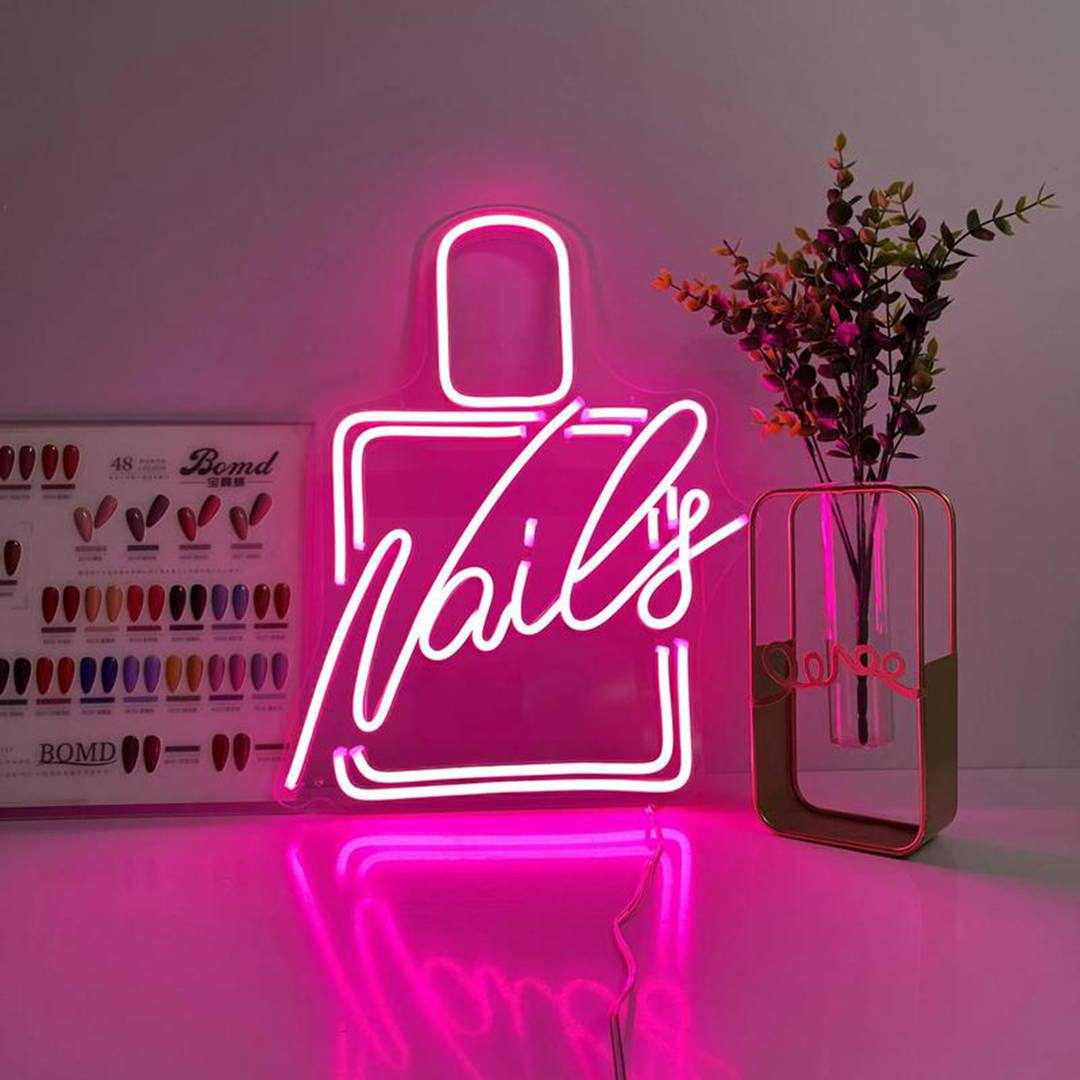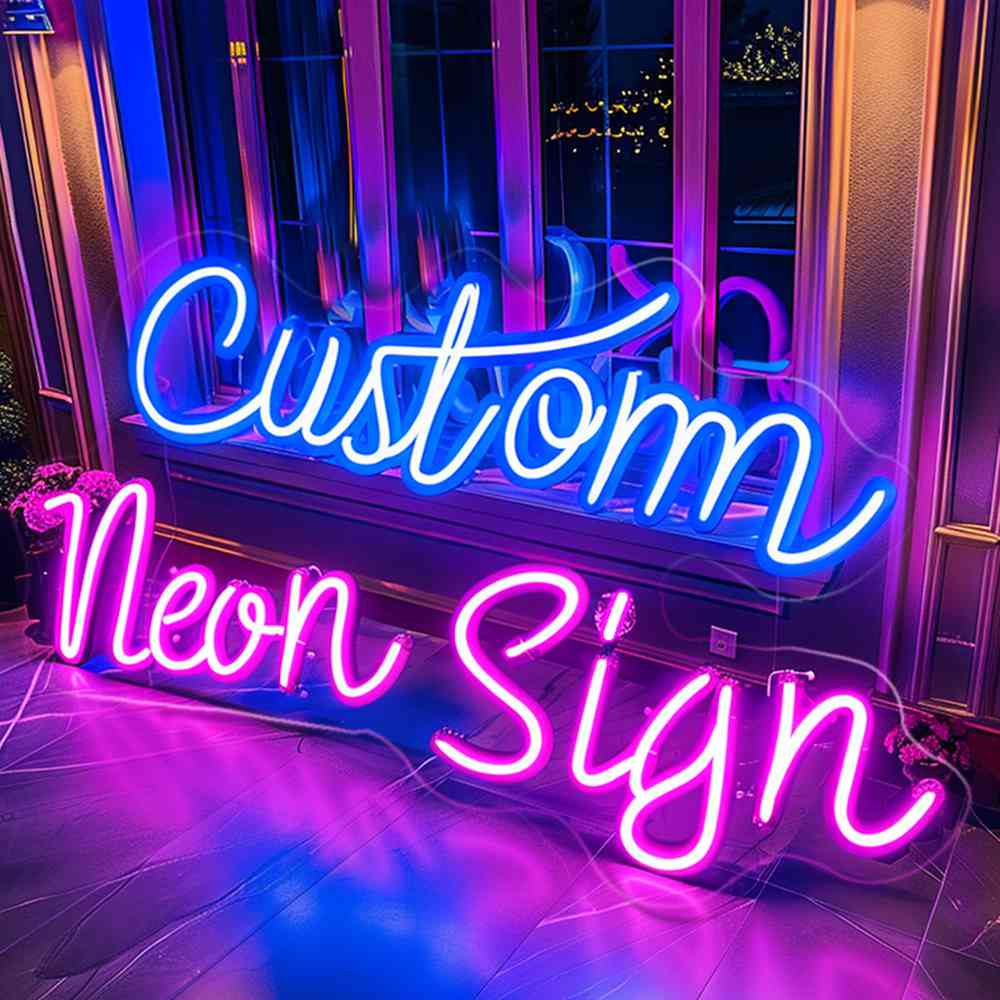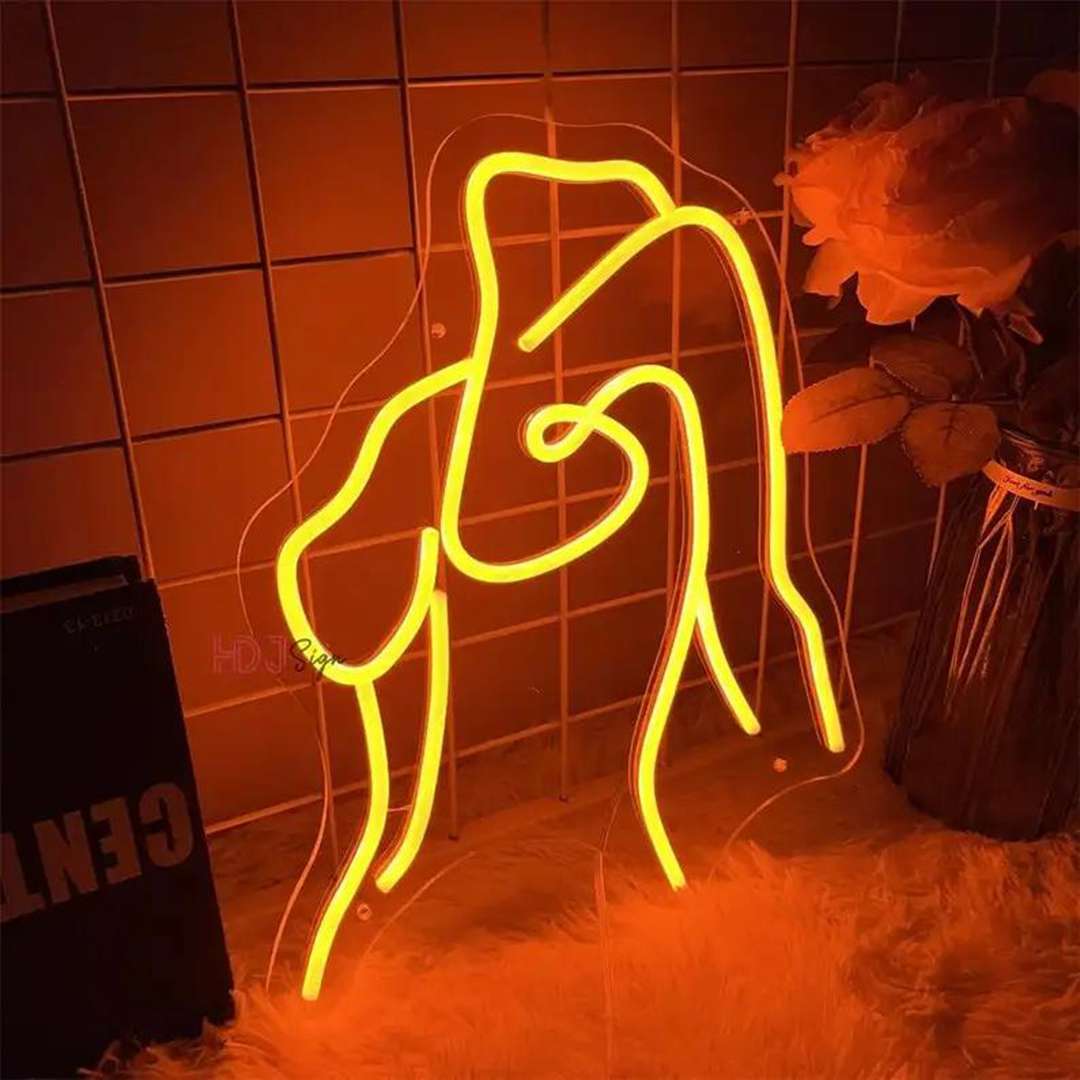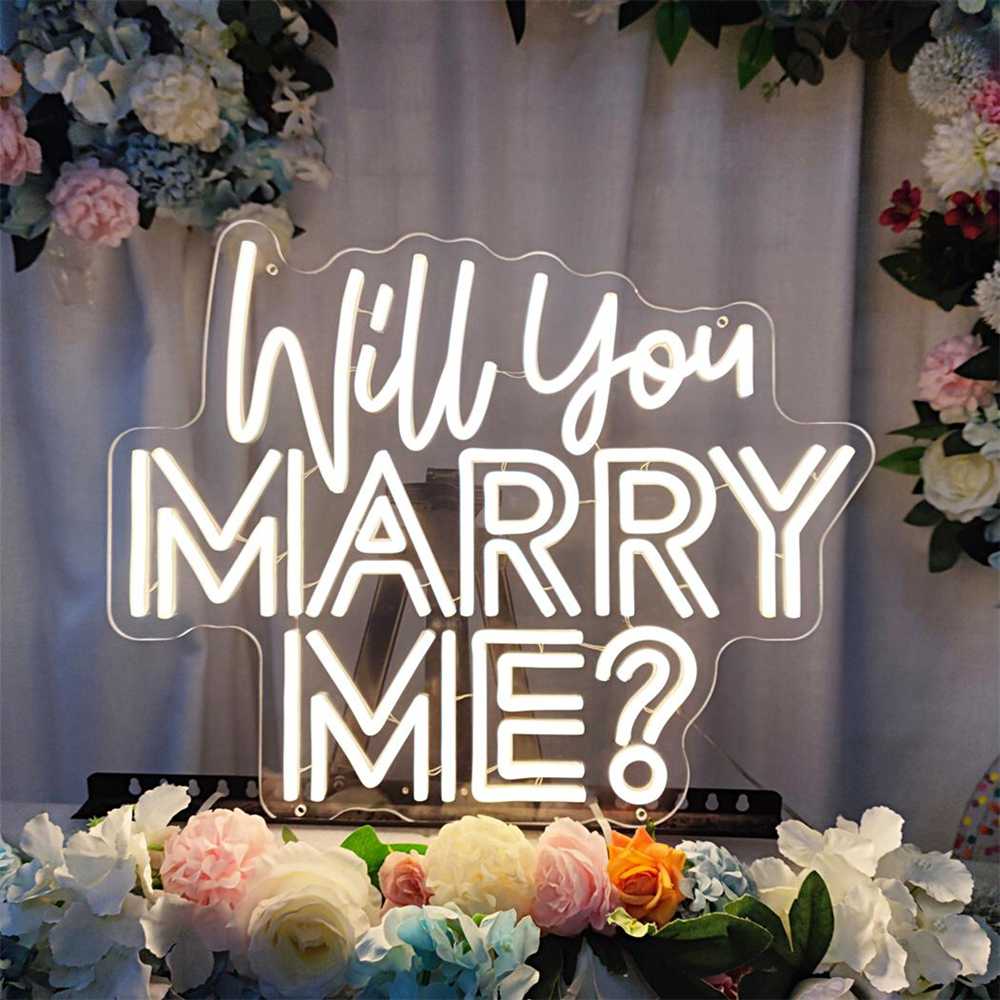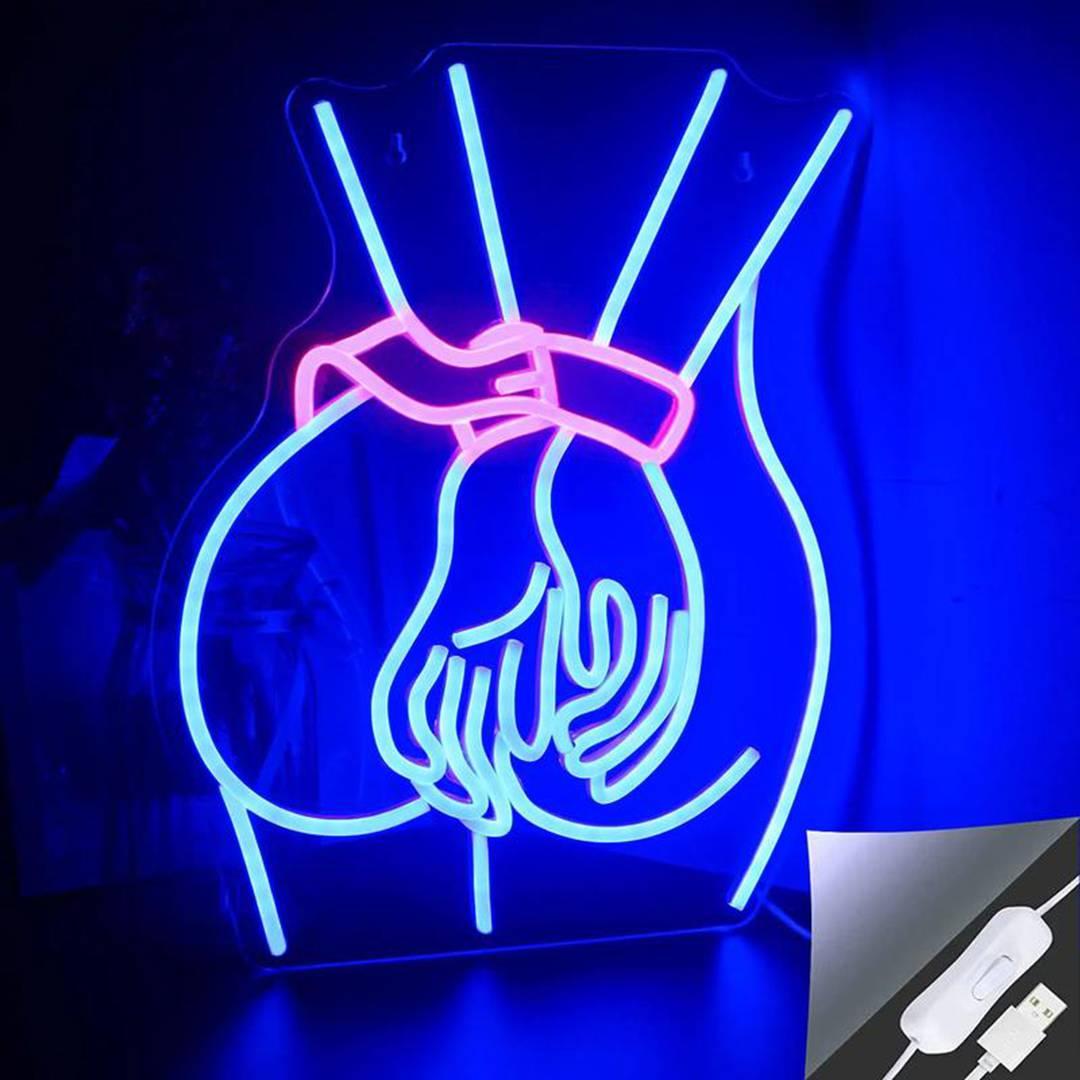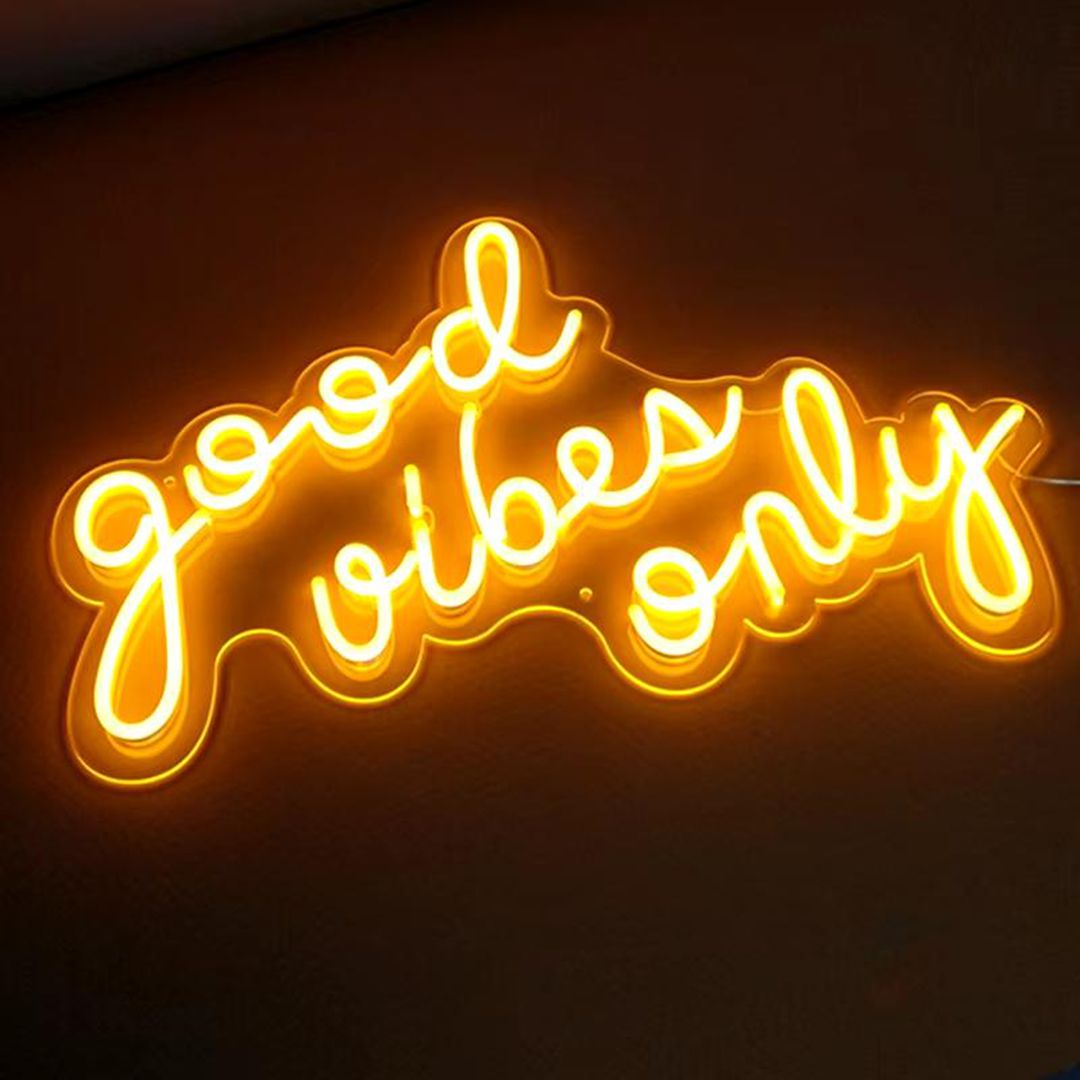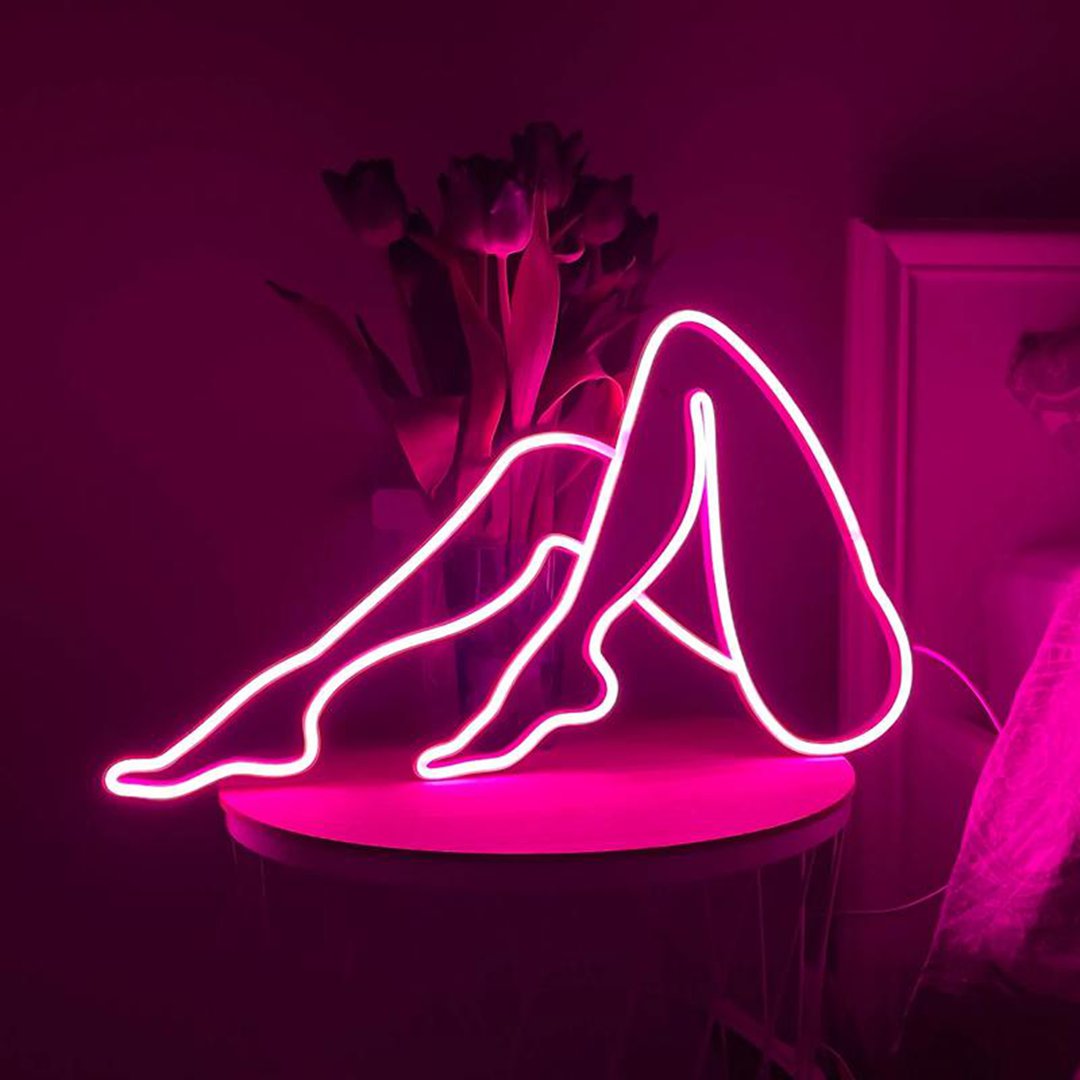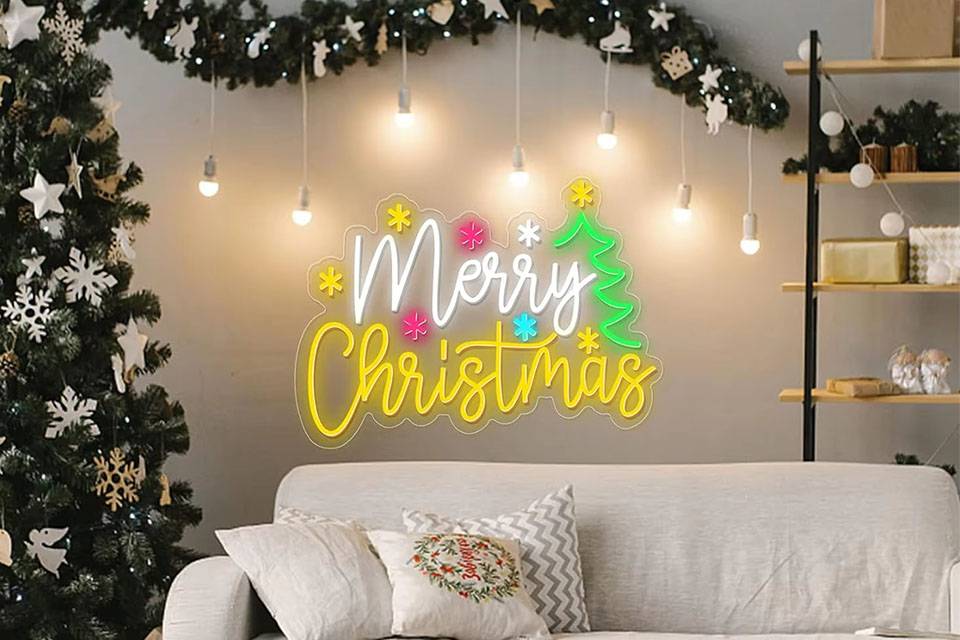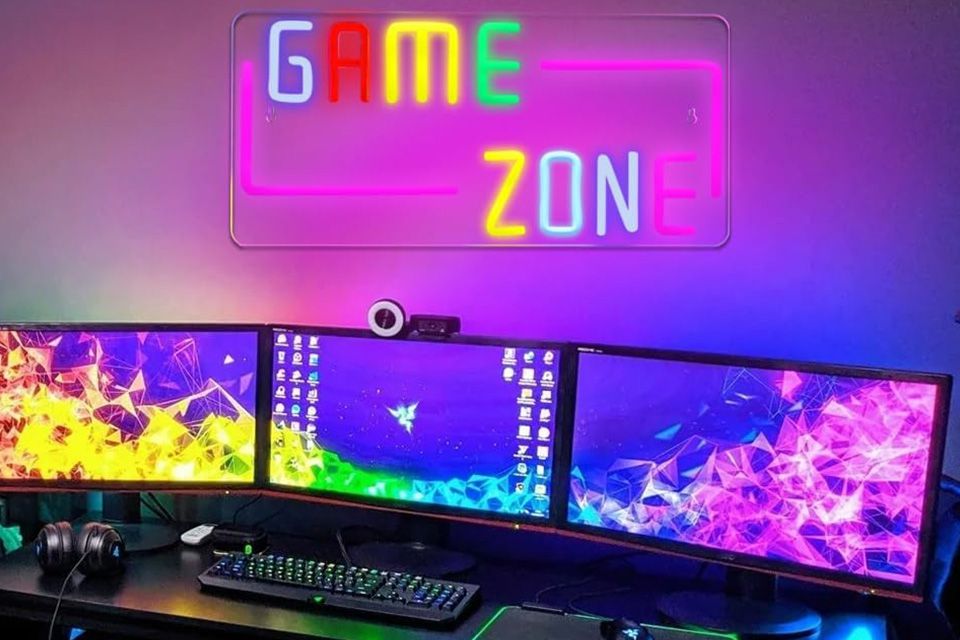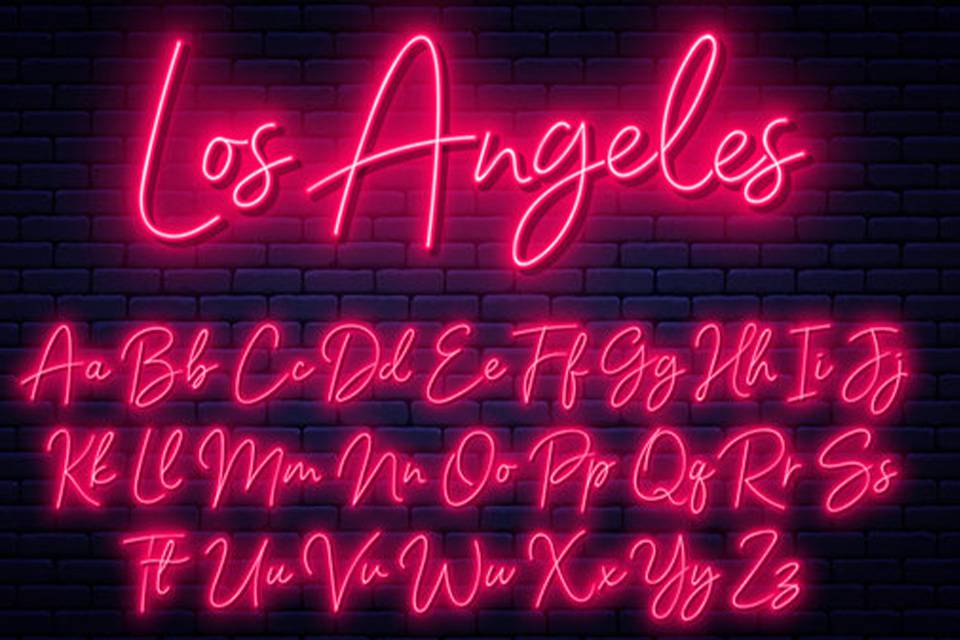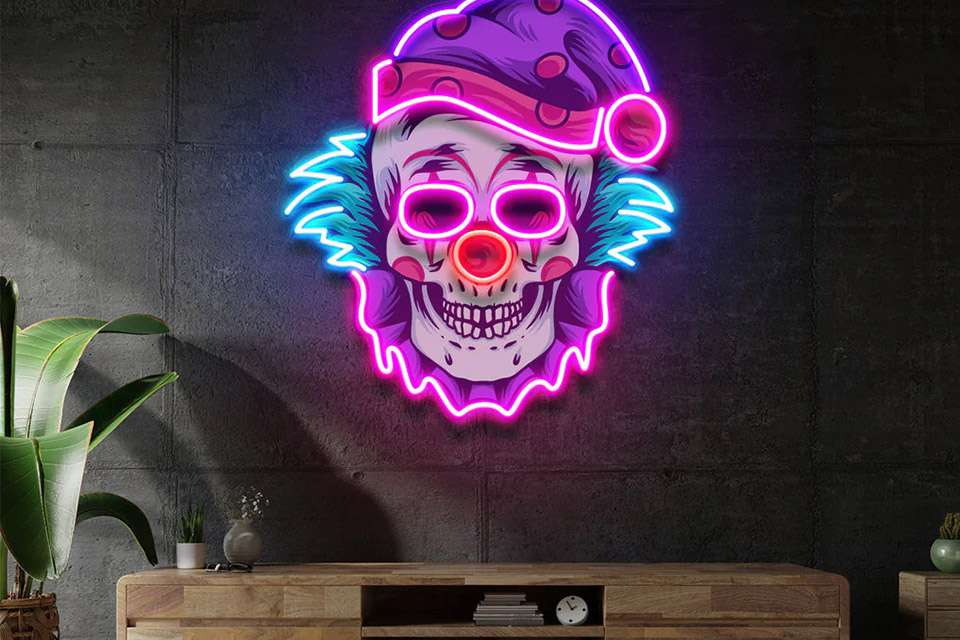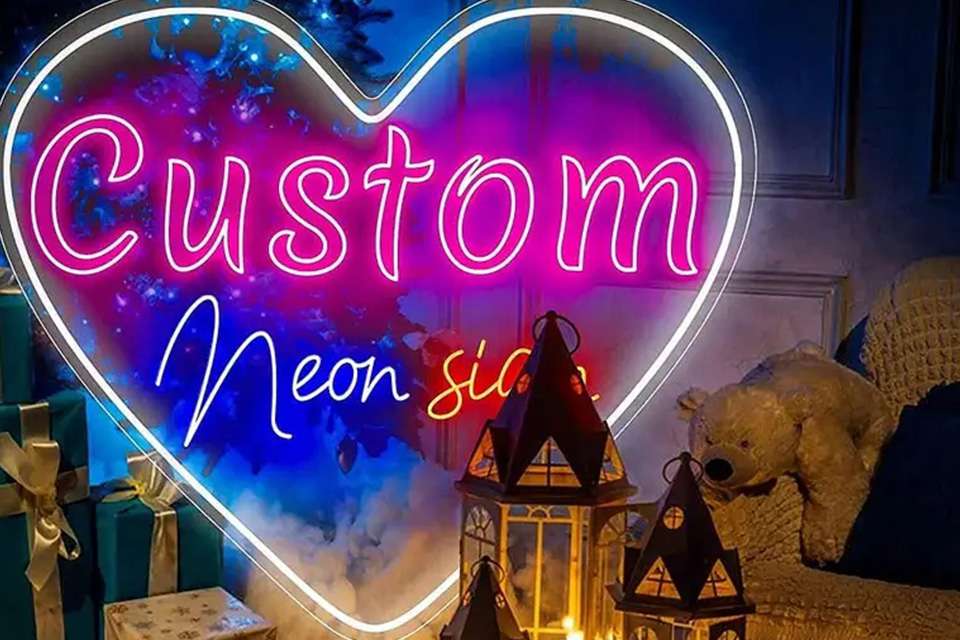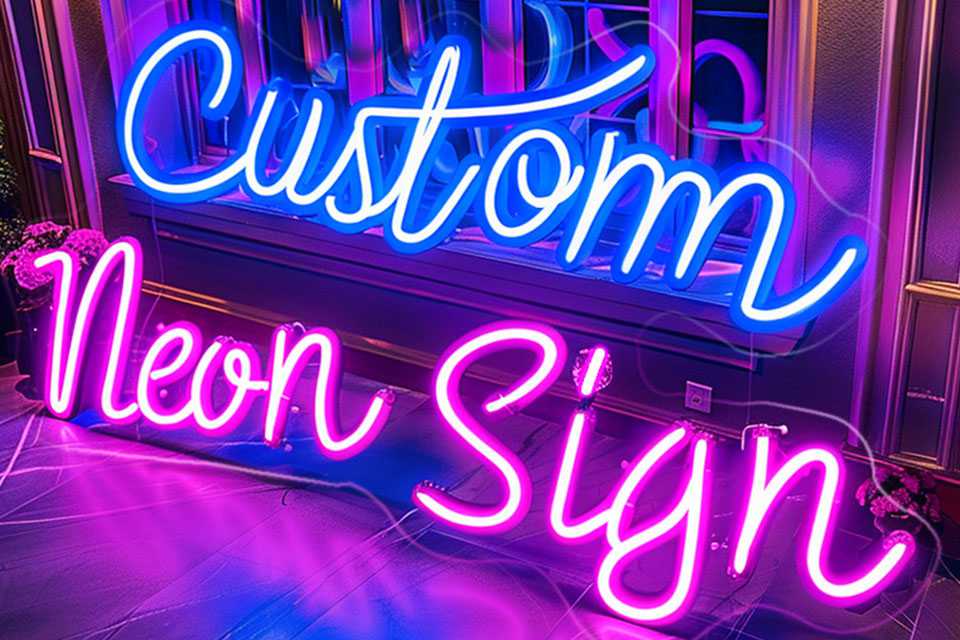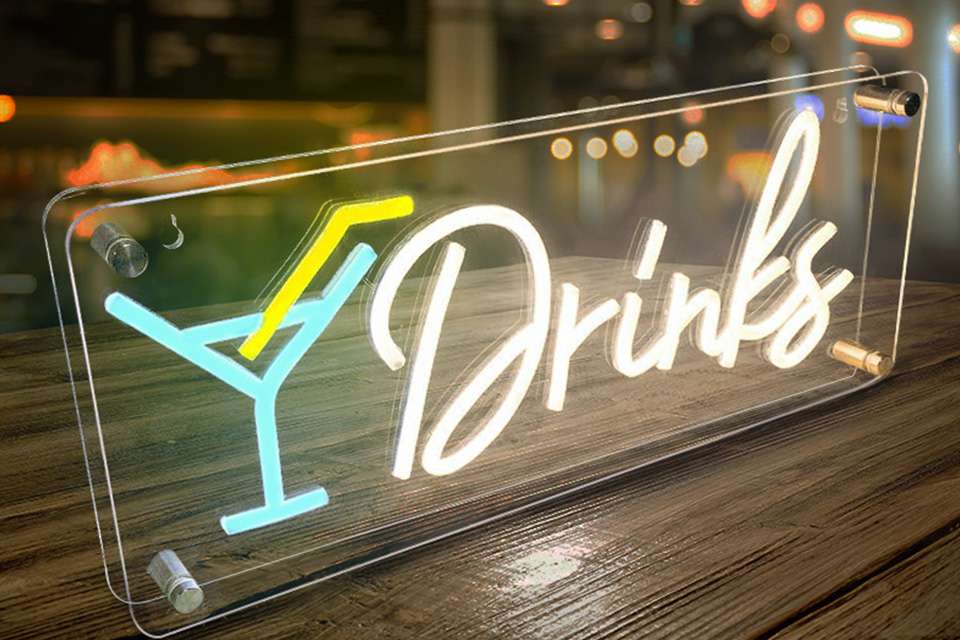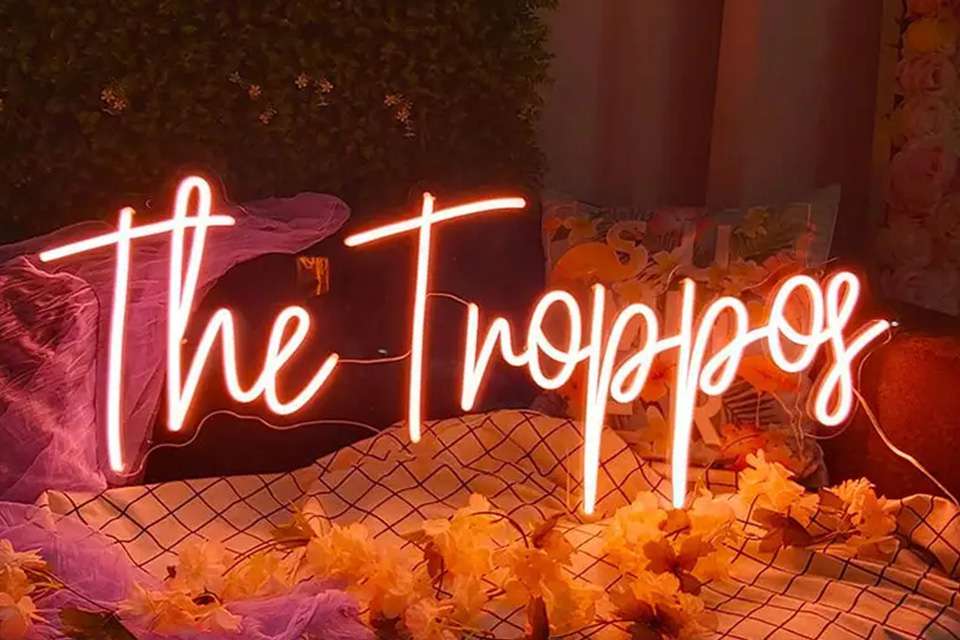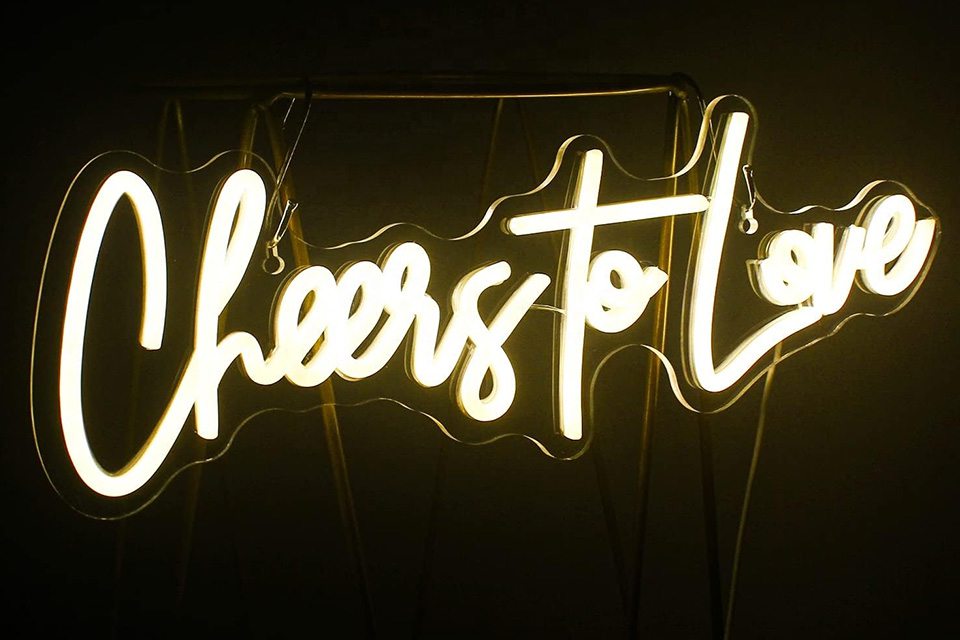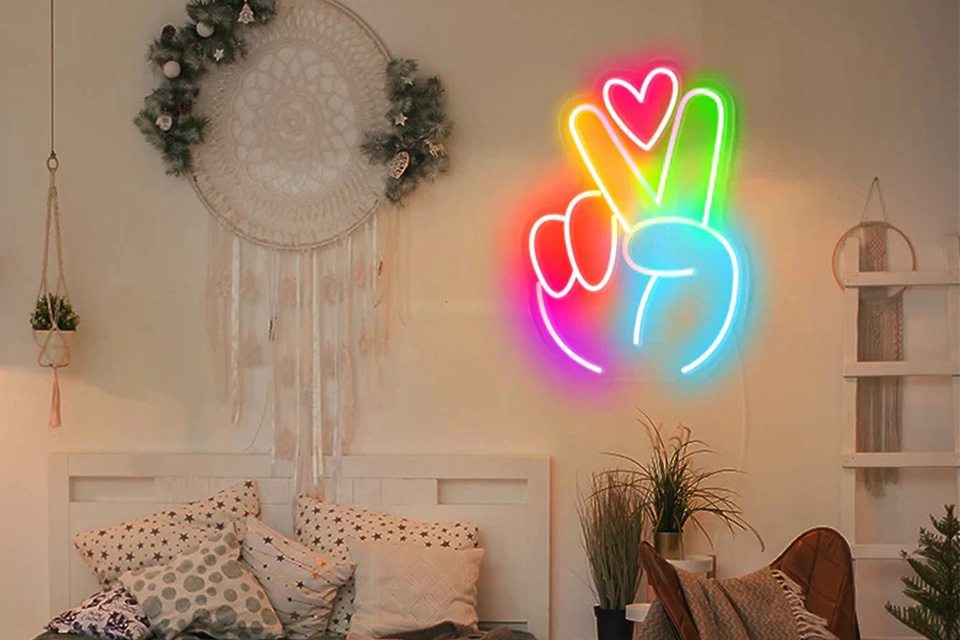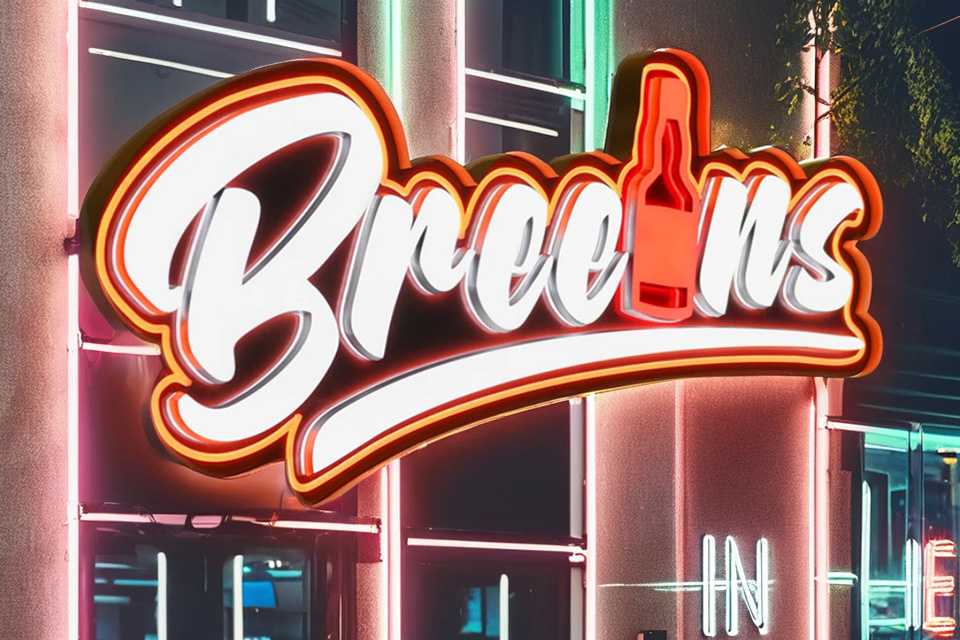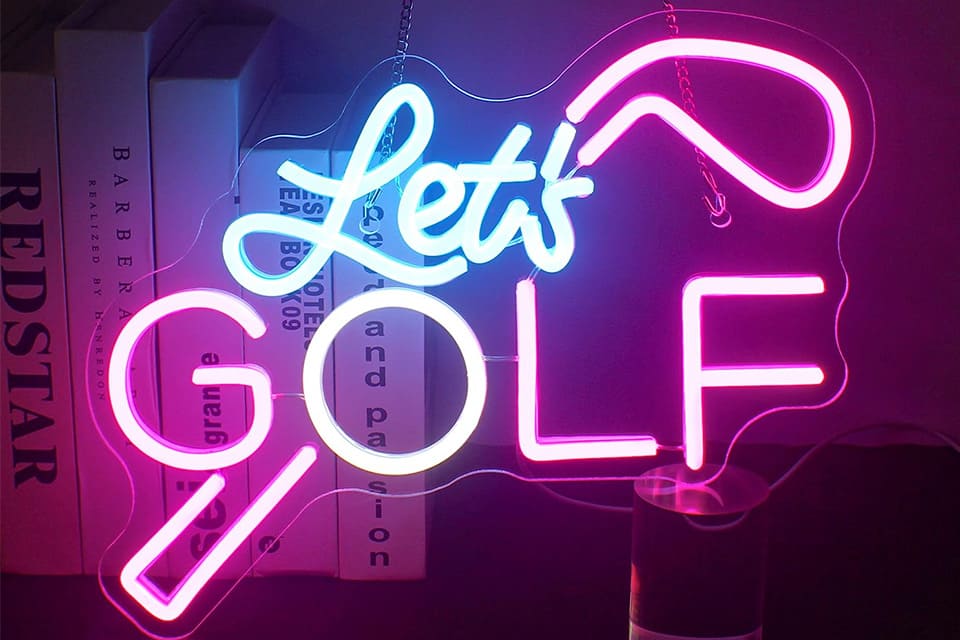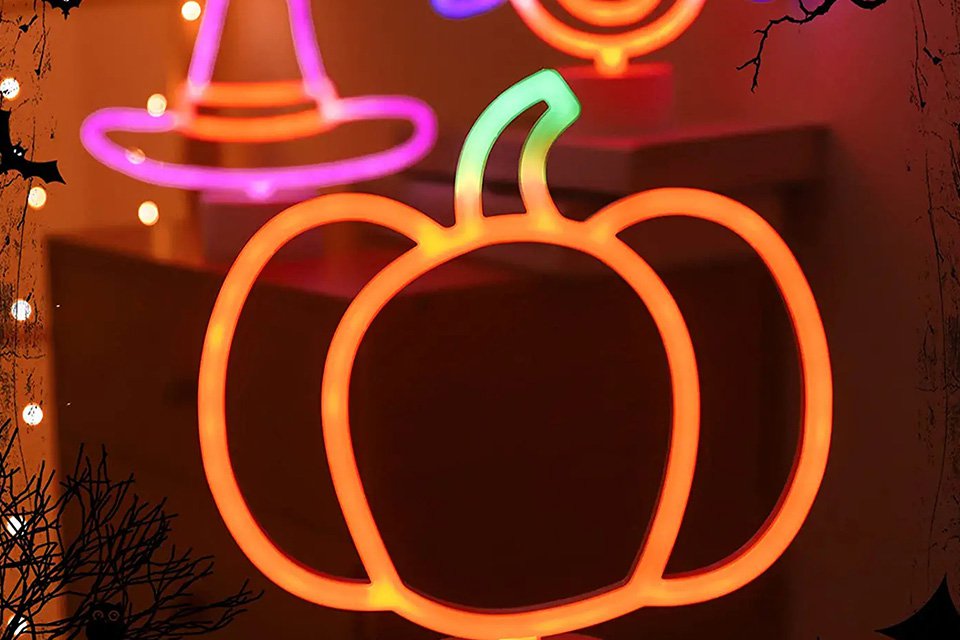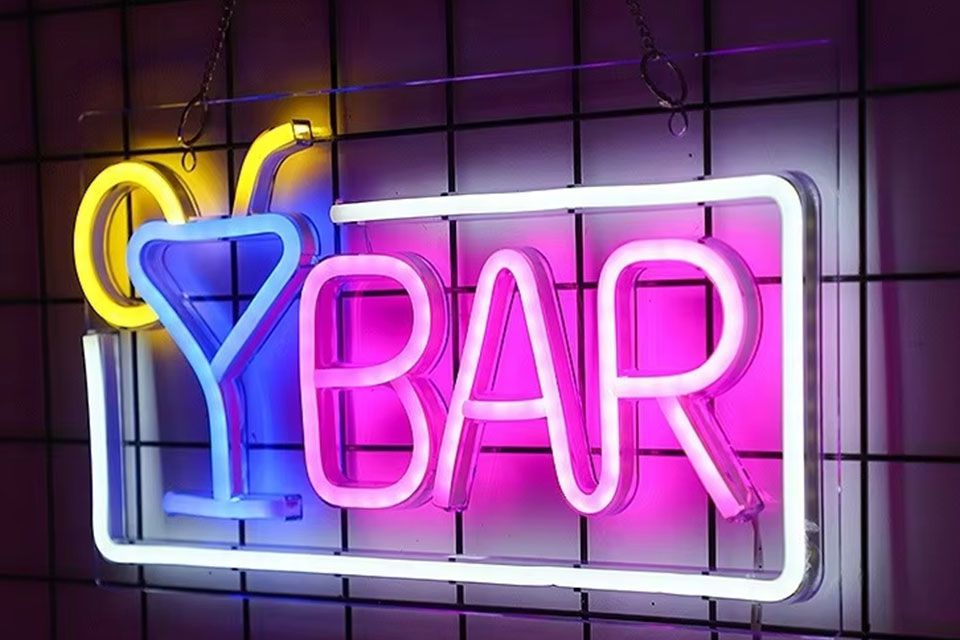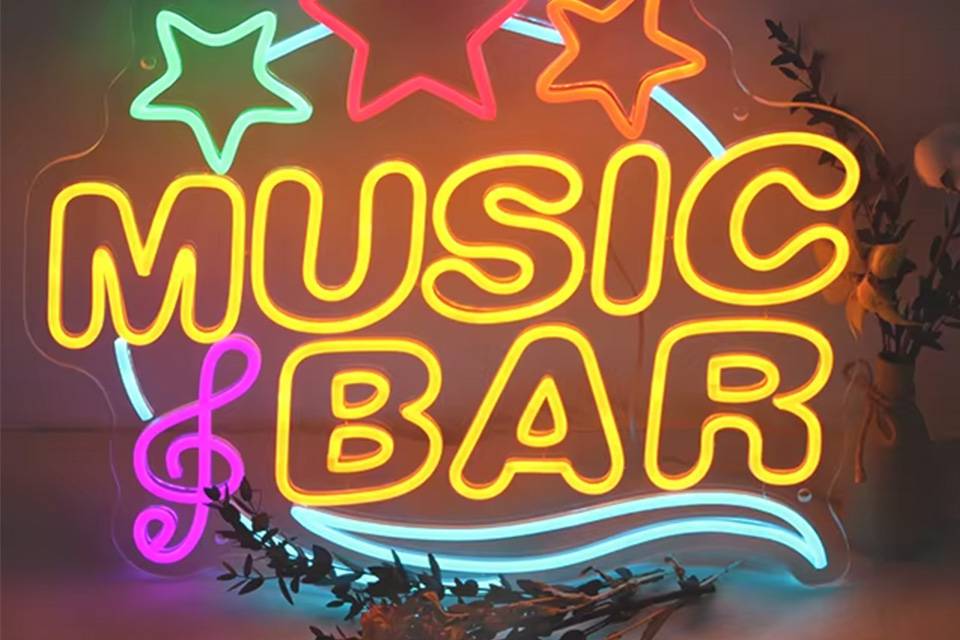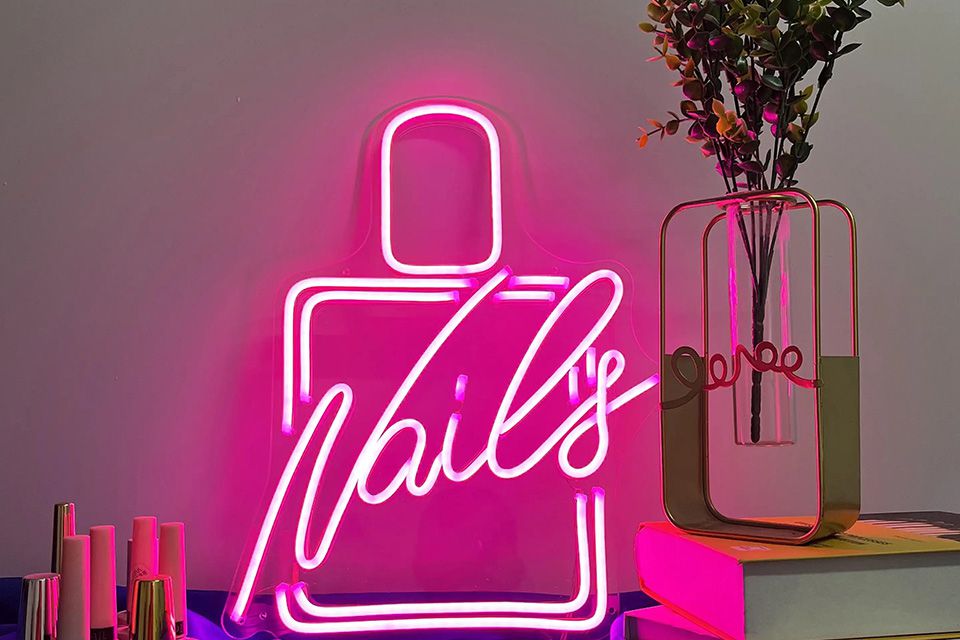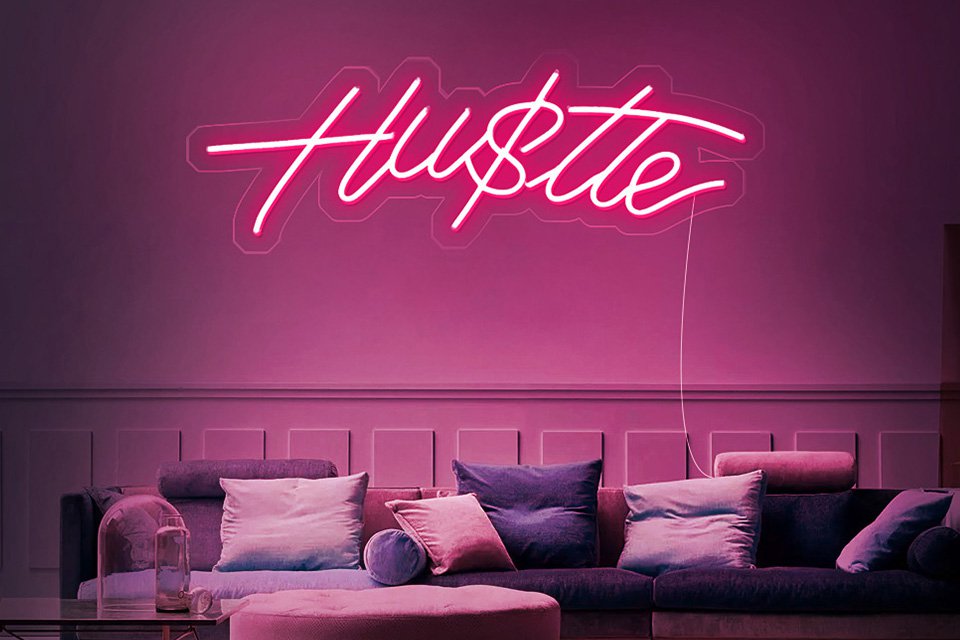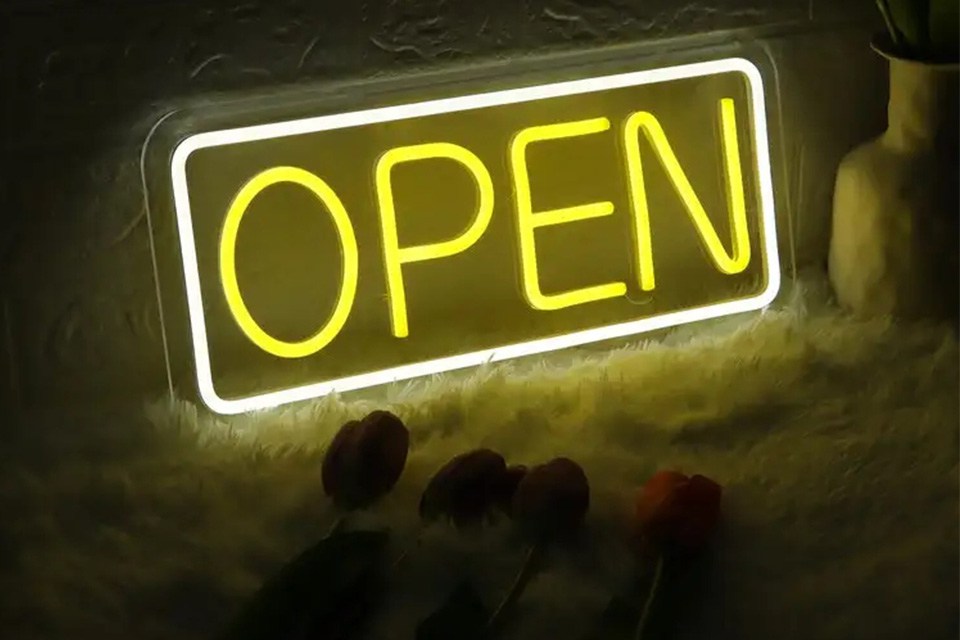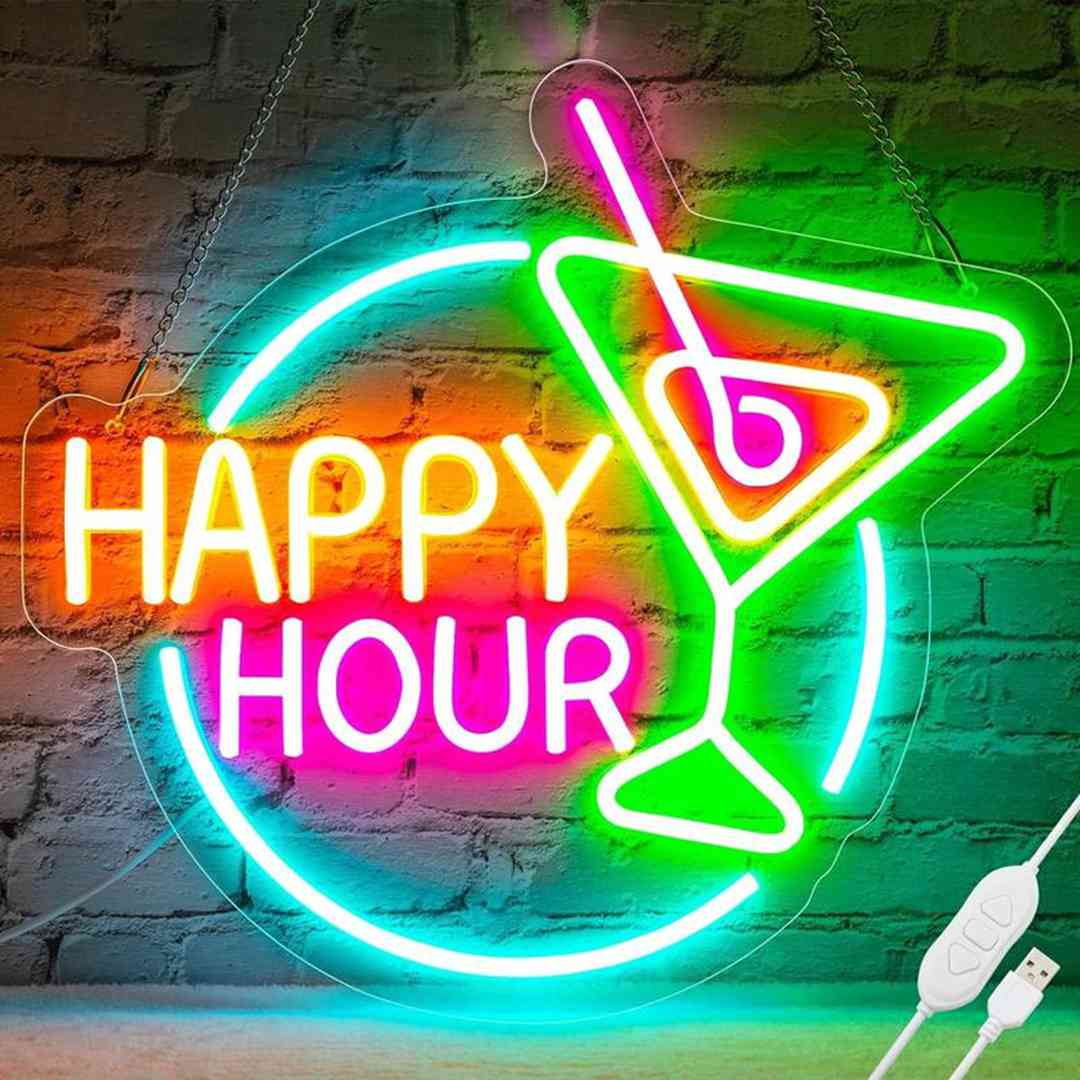
Brug af neonskilte: Fakta om strømforbrug
Indholdsfortegnelse
This article demystifies the power consumption of Neonskilte, exploring whether the common question “neon signs use a lot af electricity?” holds true. We’ll compare the Energieffektivitet of traditional Neonlys med moderne LED-neonlys, analyze the factors influencing power consumption, and provide insights into the costs associated with running a neonskilt. Whether you’re a business owner considering a business neon sign for your storefront or a homeowner looking to add a touch of luminous decor, this article is worth reading. It provides a comprehensive guide to understanding the electricity usage of Neonskilte and making informed decisions based on facts, not assumptions. This will help you decide if you want to brug LED neonskilte or traditional neon.
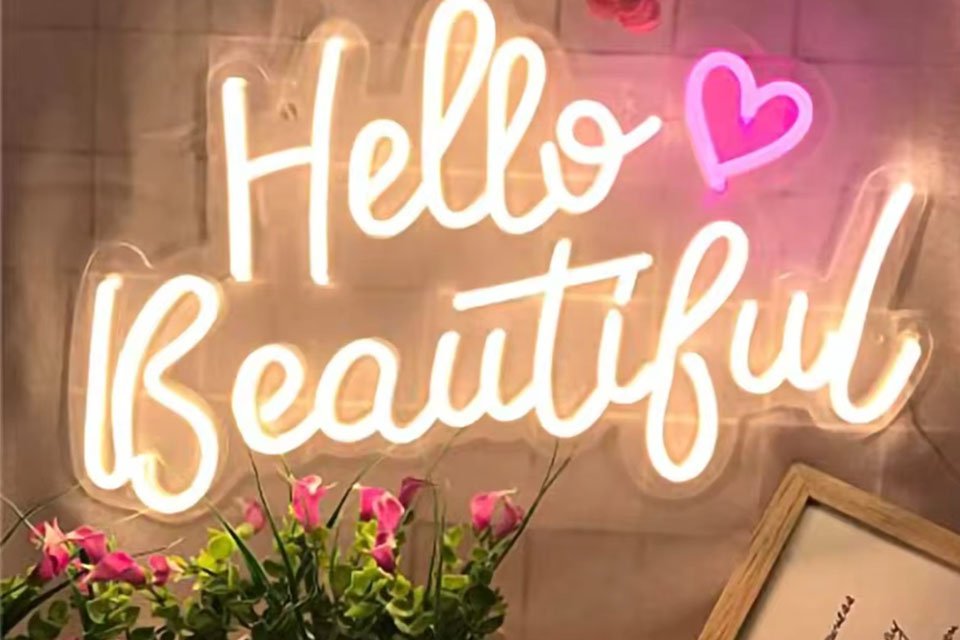
Do Neon Signs Use a Lot of Electricity?
The perception that neon signs use a lot of electricity stems from the traditional glass Neonskilte that were prevalent in the past. These tegn used Neongas contained in glass tubes and required high voltage to operate, leading to relatively high energiforbrug. However, modern specialfremstillede neonskilte often utilize LED-neon technology, which is significantly more energieffektiv. So the short answer is, it depends. Neon signs actually use less electricity than most people think, but it still depends on the type of sign that you are using.
How Much Electricity Does a Typical Neon Sign Use?
The amount of electricity a neonskilt uses depends on several factors, including its size, design, the type of neon used (traditional glass neon eller LED-neon), and the number of hours it’s illuminated. A typical traditional neonskilt might consume anywhere from 150 to 500 watts of electricity, while a comparable LED neonskilt might only use 20 to 100 watts. This means that LED neonskilte use much less electricity than traditional ones.
For example, a small neonskilt used for home decor might consume around 20 watts of electricity, while a larger, more complex tegn used for a business could consume 100 watts or more. It’s important to note that these are just estimates, and the actual power consumption can vary. It’s always a good idea to check the manufacturer’s specifications for the specific neonskilt you’re interested in. Also, keep in mind that larger signs will use more electricity, so if you are using a specialfremstillet neonskilt that is very big, you can expect it to use more electricity.
What is the Energy Consumption of LED Neon vs. Traditional Neon?
LED-neon is significantly more energy-efficient than traditional glass neon. LED neonskilte typically consume 70-90% less energy than comparable traditional Neonskilte. This is because LEDs are much more efficient at converting electricity into light than the Neongas used in traditional Neonskilte. Traditional neon lights require much more energy than LED-neonlys. Dette gør LED neon vs traditionel neon an easy choice.
Traditionelle neonskilte use a high-voltage transformer to excite the Neongas inside the glass tubes, which produces light. This process generates a significant amount of heat, which represents wasted energy. LED neonskilte, on the other hand, use low-voltage LEDs that produce very little heat, making them much more energieffektiv. This means that neon signs consume much less energy when they are made with LED-teknologi. Dette gør LED-skilte a much better choice for most people.
| Funktion | LED Neon-skilt | Traditionelt neonskilt |
|---|---|---|
| Energiforbrug | Low (70-90% less than traditional neon) | Høj |
| Spænding | Low voltage (typically 12V or 24V) | High voltage (thousands of volts) |
| Varmeproduktion | Minimal | Significant |
| Holdbarhed | High (shatter-resistant) | Low (fragile glass tubes) |
| Levetid | Long (up to 50,000 hours) | Kortere (omkring 10.000 timer) |
| Lysstyrke | High, consistent | Can vary, may dim over time |
How Can You Reduce the Energy Consumption of Your Neon Sign?
There are several ways to reduce the energy consumption of neon signs. The most effective way is to choose LED neonskilte instead of traditional glass Neonskilte. As mentioned earlier, LED-neon is significantly more energieffektiv, consuming a fraction of the electricity compared to neon signs that are using Neongas.
Another way to reduce energiforbrug is to use a dimmer switch. A dimmer allows you to adjust the Lysstyrke af din neonskilt, reducing the amount of power it consumes. You can also put your neonskilt on a timer, so it’s only illuminated during specific hours, such as when your business is open or when you’re entertaining guests at home. If you use LED signs, you will save even more energy. Using traditional neon will consume more power, even if you use a dimmer.
What are the Costs Associated with Running a Neon Sign?
The cost of running a neonskilt depends on several factors, including the power consumption of the tegn, the number of hours it’s illuminated, and the cost of electricity in your area. To calculate the cost, you need to know the wattage of your neonskilt, the number of hours it’s on per day, and the price you pay per kilowatt-hour (kWh) of electricity. This is how you can determine the electricity consumption of your sign.
For example, let’s say you have a 50-watt LED neonskilt that you run for 6 hours a day, and your electricity cost is $0.15 per kWh. The daily cost would be 50 watts * 6 hours / 1000 * $0.15 = $0.045, or 4.5 cents. The annual cost would be $0.045 * 365 = $16.43. Keep in mind that these are just estimates, and the actual cost may vary. This is how you can calculate the costs of neon tegn.
Are Custom Neon Signs More Energy-Efficient?
Tilpassede neonskilte can be just as energieffektiv as pre-made Neonskilte, as long as they are made with LED-neon technology. In fact, brugerdefinerede LED neonskilte may even be more energieffektiv because they can be designed to meet your specific needs and preferences. For example, if you only need a small neonskilt for a specific purpose, a Brugerdefineret neon design can ensure that you’re not using a larger, more power-hungry tegn than necessary.
Når du designer en specialfremstillet neonskilt, you can choose energy-efficient options, such as low-wattage LEDs and a dimmer switch to further reduce power consumption. You can also work with the tegn maker to optimize the design for energy efficiency, such as minimizing the length of neon tubing eller LED neon tube required. With a little planning, you can create a specialfremstillet neonskilt that’s both beautiful and energieffektiv. They are generally much more efficient than conventional neon tegn.
How Does the Size of a Neon Sign Affect its Power Consumption?
The size of a neonskilt is directly related to its power consumption. Larger Neonskilte require more Neongas eller LED neon flex to create the desired effect, which means they will consume more electricity. A small neonskilt might only use 20-30 watts of electricity, while a large, elaborate tegn could use several hundred watts. This is why the size of the sign is one of the most important factors when it comes to power consumption of neon tegn.
It’s important to consider the size of the neonskilt when estimating its energiforbrug and operating costs. If you’re looking for an energieffektiv option, you might want to choose a smaller neonskilt or opt for a design that uses less neon tubing eller LED-neon overall. Keep in mind that specialfremstillede neonskilte can be made in almost any size, so you can always find something that will fit your needs. Also, if you choose LED signs instead of traditional ones, you will save a lot of energy.
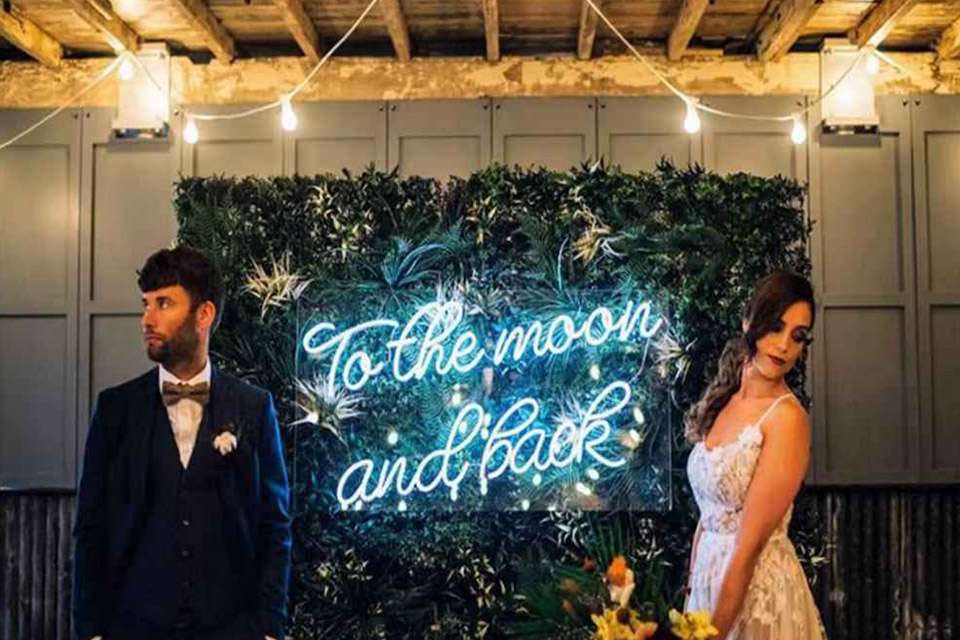
What is the Environmental Impact of Neon Signs?
The environmental impact of neon signs afhænger af typen af neon used and how they are manufactured and disposed of. Traditionelle neonskilte that use Neongas can have a negative environmental impact due to the high voltage required to operate them and the potential for Neongas leaks. Neon gas is a greenhouse gas, and while the amount used in Neonskilte is relatively small, leaks can contribute to climate change. This is why it is important to be careful when using them.
LED neonskilte have a much lower environmental impact because they are more energieffektiv and don’t contain harmful gases. Lysdioder also have a longer lifespan than traditional Neonlys, which means they need to be replaced less frequently, reducing waste. However, it’s still important to dispose of LED neonskilte properly at the end of their life, as they contain electronic components that can be harmful to the environment if not handled correctly. The Bortskaffelse af neonskilte should be done responsibly.
How Long Do LED Neon Signs Last Compared to Traditional Neon Signs?
LED neonskilte have a significantly longer lifespan compared to traditional neon lights. En typisk LED neonskilt can last up to 50,000 hours or even more, while a traditional glass neonskilt typically lasts around 10,000 hours. This means that LED neonskilte kan holde fem gange længere end traditionelle Neonskilte, or even more. LED neon signs last for a very long time.
The longer lifespan of LED neonskilte is due to the durability of LEDs and the lower operating temperatures. Lysdioder are solid-state devices that are less susceptible to damage from vibration or impact than the fragile glass tubes used in traditional Neonskilte. Also, because LED-neon generates less heat, the components are less likely to degrade over time. This makes LED neonskilte a much better investment in the long run. Neon signs and LED neon signs are both durable, but LED ones will last longer.
| Funktion | LED Neon-skilt | Traditionelt neonskilt |
|---|---|---|
| Levetid | Up to 50,000 hours or more | Around 10,000 hours |
| Holdbarhed | High (shatter-resistant) | Low (fragile glass tubes) |
| Varmeproduktion | Minimal | Significant |
| Energieffektivitet | Høj | Lav |
| Lysstyrke | High, consistent | Can vary, may dim over time |
Where Can You Find Energy-Efficient Neon Signs?
When shopping for energy-efficient neon signs, it’s important to look for tegn that use LED-neon teknologi. LED neonskilte are far more energieffektiv than traditional glass Neonskilte, consuming a fraction of the electricity. Many online retailers specialize in brugerdefinerede LED neonskilte, allowing you to create a unique and energieffektiv piece for your home or business.
Nogle populære onlineforhandlere til energy-efficient neon signs include Custom Neon, Neon MFG, and Yellowpop. These companies offer a wide selection of LED neonskilte, including pre-designed options and customizable designs. They also provide information about the energiforbrug of their tegn, helping you make an informed decision. With so many options available, you can be sure you will find something that will fit your needs.

Sammenfatning
Her er 10 vigtige oplysninger om Neonskilte and their electricity usage:
- Neonskilte can vary in their electricity usage, but modern LED neonskilte are much more energy-efficient than traditional glass Neonskilte.
- LED neonskilte typically consume 70-90% less energy than traditional Neonskilte.
- Den power consumption af en neonskilt depends on its size, design, and the type of neon used (LED or traditional).
- You can reduce the energiforbrug af din neonskilt by choosing LED-neon, using a dimmer switch, and putting it on a timer.
- The cost of running a neonskilt depends on its wattage, the number of hours it’s illuminated, and your local electricity rates.
- Tilpassede neonskilte can be designed for energy efficiency by using low-wattage LEDs and optimizing the design.
- Larger Neonskilte generally consume more electricity than smaller ones.
- LED neonskilte have a lower environmental impact than traditional Neonskilte due to their energy efficiency and lack of harmful gases.
- LED neonskilte have a significantly longer lifespan than traditional Neonskilte, lasting up to 50,000 hours or more.
- You can find energy-efficient LED neonskilte fra onlineforhandlere, der specialiserer sig i Brugerdefineret neon designs.



